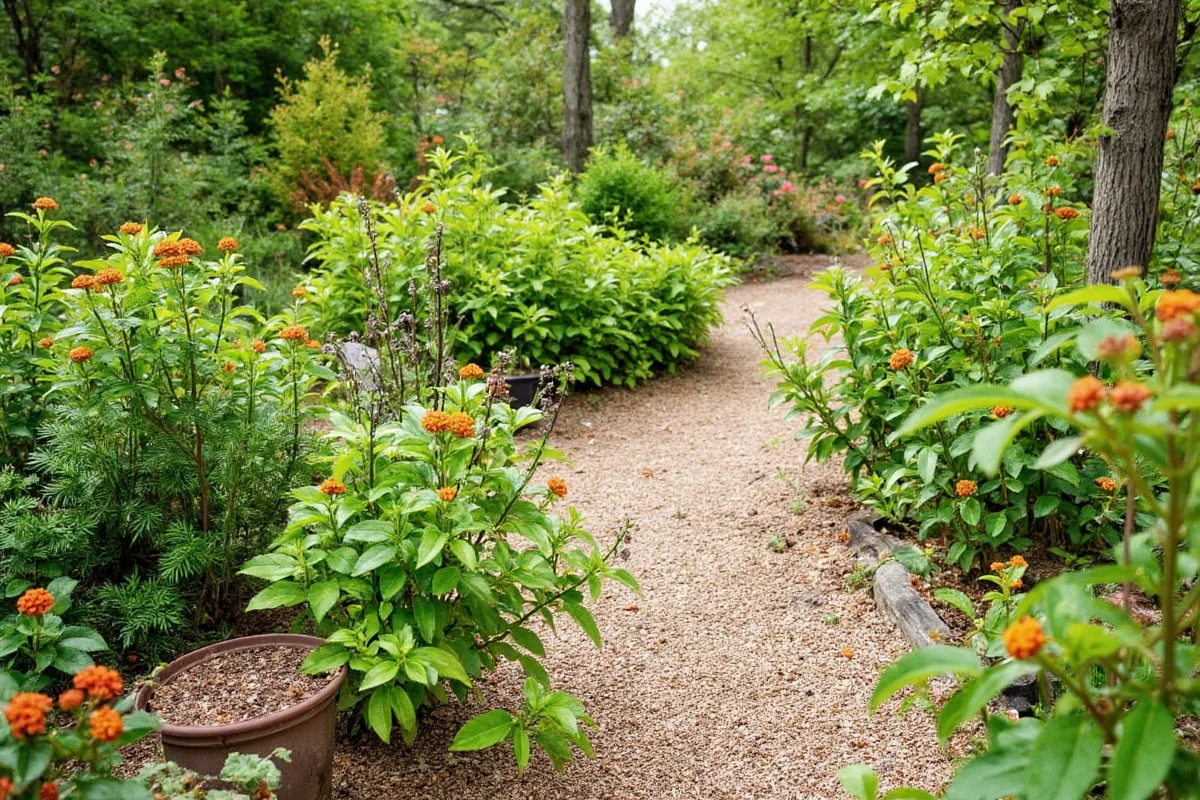Agave americana, commonly known as the Century Plant, is a striking succulent with bold architectural leaves. Known for its low maintenance and tolerance to harsh environments, it's an excellent choice for gardeners looking to add a touch of desert beauty to their landscape. This guide will help beginners understand the basics of caring for this magnificent plant, including proper sunlight exposure, watering techniques, soil requirements, temperature and humidity considerations, as well as common pest and disease management.
Sunlight Requirements for Agave Americana
Agave americana thrives in bright sunlight, making it an ideal plant for areas with intense sun exposure. Understanding the light needs of Agave americana is crucial for its growth and health.- Full Sun Preference: These plants do best in full sunlight for at least six hours a day. Keeping them in shaded areas can halt their growth and lead to less vibrant leaves.
- Strategic Placement: If you live in an area that experiences intense sun, positioning them to receive morning sunlight with afternoon shade is optimal to prevent sunscald.
- Indoor Considerations: If grown indoors, place Agave americana near south or west-facing windows. The use of grow lights can also supplement natural sunlight.
Watering Techniques for Agave Americana
Even though Agave americana is drought-tolerant, understanding the intricacies of watering ensures a healthy plant. Overwatering is a common mistake, so it's crucial to stick to a watering routine that mimics its natural environment.- Soil Check: Before watering, check that the top 1 to 2 inches of soil is dry. This prevents excess moisture that can lead to root rot.
- Deep Watering Method: When you water, aim for a thorough soak that reaches deep into the soil. This encourages the roots to grow deeper, making the plant more drought-resistant.
- Frequency: During the growing season (spring and summer), water about once every two weeks, depending on the weather. Reduce watering in the dormant season (fall and winter).
Soil Requirements for Agave Americana
Agave americana thrives in well-draining soil, reminiscent of the arid environments it naturally inhabits. The right soil composition can significantly contribute to the overall health of your plant.- Soil Composition: A gritty, sandy soil is ideal for good drainage. A cactus or succulent potting mix works well.
- Amendments: Add perlite or pumice for improved aeration and drainage, reducing the risk of water retention.
- pH Levels: While Agave americana isn't particularly fussy, it prefers a slightly acidic to neutral pH range. This can be tested and adjusted by incorporating organic matter or lime if necessary.
Temperature and Humidity Preferences for Agave Americana
Native to desert climates, Agave americana prefers specific temperature and humidity conditions that replicate its natural habitat.- Temperature Range: These plants can handle a wide range of temperatures but thrive best between 65°F to 80°F (18°C to 27°C).
- Winter Care: They are cold hardy to a degree, surviving temperatures as low as 20°F (-6°C), but protection might be necessary in harsh winters.
- Humidity Levels: Low humidity levels replicate their natural environment best. Avoid misting or exposing the plant to overly humid conditions.
Pest and Disease Management in Agave Americana
While Agave americana is generally resistant to many pests and diseases, it's important to stay vigilant and address any issues promptly.- Common Pests: Watch out for sap-sucking insects like mealybugs and aphids. These can be removed with insecticidal soap or neem oil treatments.
- Disease Prevention: The most common issue is root rot due to overwatering. Ensure proper watering techniques and drainage to prevent this.
- Physical Barriers: Use gravel mulch to deter pests and improve drainage, acting as a preventive measure.
In conclusion, taking care of Agave americana involves understanding and catering to its specific needs for sunlight, water, soil, and environmental conditions. By paying attention to these factors and keeping a lookout for common pests and diseases, you can easily manage a thriving and impressive Agave americana. Its low maintenance makes it a perfect choice for both experienced and beginner gardeners wanting to enjoy the beauty of desert plants.











 浙公网安备
33010002000092号
浙公网安备
33010002000092号 浙B2-20120091-4
浙B2-20120091-4